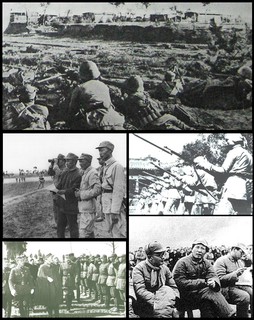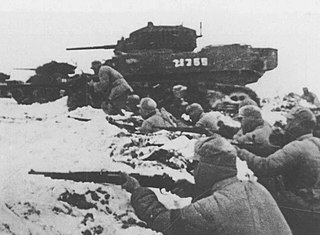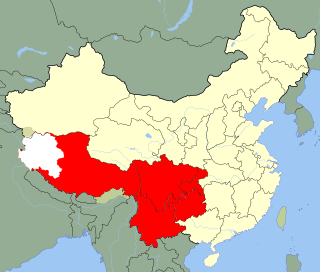
The Chengdu Military Region was one of seven military districts and is located in the southwest of the People's Republic of China, covering Chongqing, Sichuan, Yunnan, Guizhou, and the Xizang/Tibet Autonomous Region. It includes some of the area previously within the Kunming Military Region and has its headquarters in Chengdu. It was probably established in 1955.

The Guangzhou Military Region was from 1955 to 2016 one of the People's Liberation Army PLA Military Regions, located in the south of the People's Republic of China. In May 1949, the Central China Military Region (MR) was formed. In March 1955, it was divided into two, the Guangzhou MR and the Wuhan Military Region. When the Wuhan MR was disbanded in August 1985, its troops stationed around the Hubei province were assigned to the Guangzhou MR.
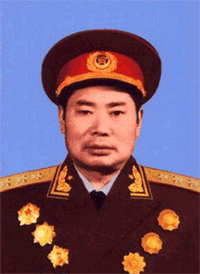
Yang Dezhi was a Chinese general and politician. He was senior military officer in the North China Field Army, a veteran of the Korean War and commander in China during the Sino–Vietnamese War.
The 125th Division was a division deployed by the People's Republic of China during the Chinese Civil War and the Korean War. After series of redesignations and conversions, the division ends its fate as 13th Armored Brigade in April 2017.
The 150th Division, then 11th Garrison Division of Shenyang Military Region was a military formation of the People's Liberation Army of the People's Republic of China.
The 4th Fighter Aviation Division is a unit of the Chinese People's Liberation Army Air Force (PLAAF). Initially established in 1950, it served in Korea under Commander Fang Ziyi and Commissar Ye Songsheng, flying Mikoyan-Gurevich MiG-15s. It ended its third combat tour in July 1953.
Zhang Haiyang is a retired general in the People's Liberation Army (PLA) of China, who served as political commissar of the PLA Second Artillery Corps.
Yu Zhongfu is a general of the People's Liberation Army Air Force (PLAAF) of China. Having served in the PLAAF for more than 40 years, he was appointed Political Commissar of the PLAAF in July 2015.

Zhang Tingfa was a Chinese Communist revolutionary and a major general of the People's Liberation Army Air Force (PLAAF). He served as Political Commissar and Commander of the PLAAF, and was a member of the Central Military Commission (CMC). He also served two terms as a member of the CPC Politburo, before retiring in 1985. He fought in the Second Sino-Japanese War, the Chinese Civil War, and the Korean War, and commanded the Chinese Air Force during the Sino-Vietnamese War.

The 45th Division, latterly known as 45th Airborne Division is a military formation of the People's Liberation Army (PLA) and People's Liberation Army Air Force (PLAAF) of the People's Republic of China (PRC). It is now one of two mobile divisions of PLA 15th Airborne Corps, and a Rapid Reaction, First Level unit.
The 44th Division, now known as the 44th Airborne Division is a military formation of the People's Liberation Army and People's Liberation Army Air Force of the People's Republic of China. It is now a training formation of PLA 15th Airborne Corps.
The 11th Corps was a military formation of the Chinese People's Liberation Army. It was active from 1949 to 1952, with a six month break; and from 1969 to the end of 1985. It is currently inactive. In 1979 the corps took part in the Sino-Vietnamese War. In 1984 it again fought in Vietnam. It was stationed in the Kunming Military Region.
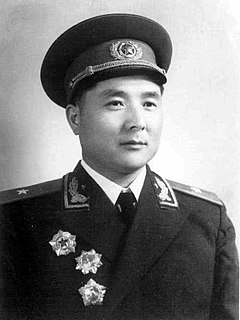
Xiang Shouzhi was a Chinese general and revolutionist. He was promoted to the rank of major general in 1955 and general in 1988. He was a member of the 11th National Congress of the Communist Party of China and the 12th CPC Central Committee.

Tao Yong was the Deputy Commander of the People's Liberation Army Navy (PLAN), also the Lieutenant General of the People's Liberation Army.
The People's Liberation Army Air Force Airborne Corps is a corps directly under the People's Liberation Army Air Force (PLAAF) headquarters. It was reorganized and renamed from the 15th Airborne Corps in May 2017 and now comprises six airborne brigades and a special operations brigade. The PLAAF Airborne Corps is China's primary strategic airborne unit and part of the newly formed rapid reaction units (RRUs) of the Chinese military which is primarily designated for airborne and special operation missions. Its role is similar to that of the U.S. Army's XVIII Airborne Corps/82nd Airborne Division.
The 29th Corps(Chinese: 第29军) was a military formation of the Chinese People's Liberation Army in 1949-50 and 1969-85.
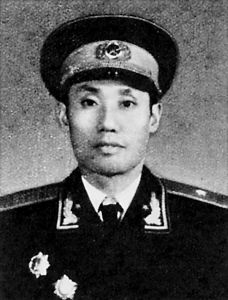
Li Yaowen was an admiral in the Chinese People's Liberation Army.


